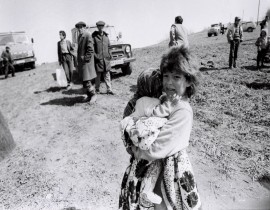Politicon.co
The Principles of Turkism
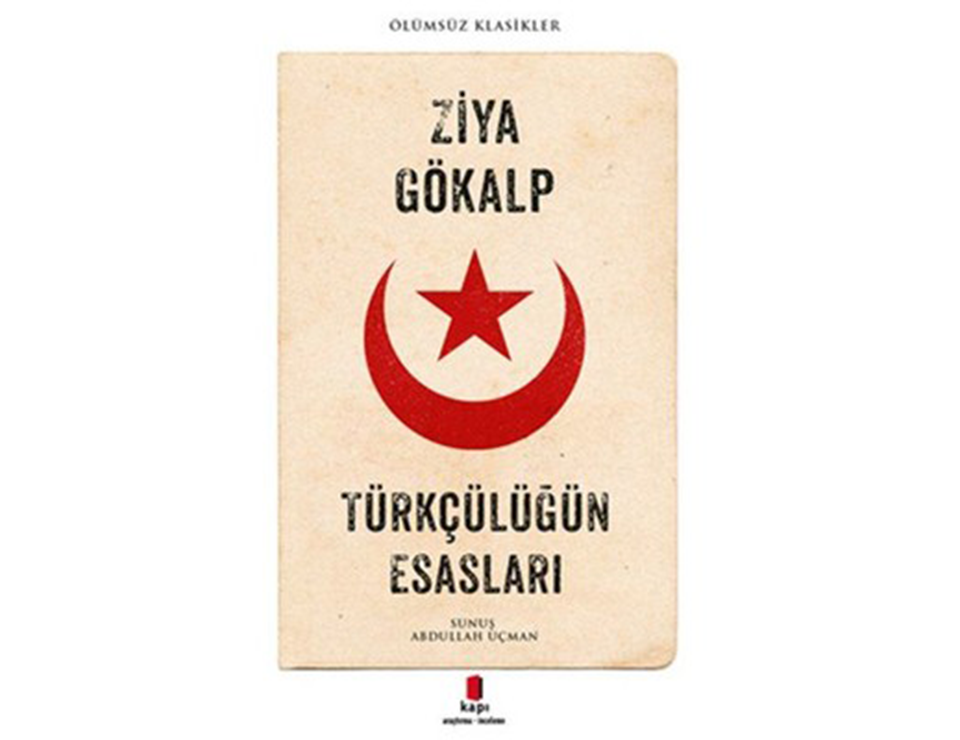
Despite traditional interest in Turkey (and Turkist ideology), Ziya Gökalp has been mostly neglected and not thoroughly studied by Western academic circles. Nevertheless, understanding of pan-Turkism should start with Mehmet Ziya Gökalp (1876 – 1924), a Turkish sociologist, political activist, poet and writer. Also referred to as the founder of Turkish sociology, he is known for promoting Turkish and Turkic identity especially after the downfall of the Ottoman Empire.
Deserving more attention and study, The Principles of Turkism published in 1923 outlines interesting aspects: the first part provides Gökalp`s understanding of the Turkic identity and the ways how it should develop. The second part of the book encompasses the program of Turkism in several chapters dedicated to linguistic, aesthetic, ethical, legal, religious, economic, political and philosophical aspects of the ideology. He did not write this book wholly as an original work as some of its chapters had earlier been penned and published as separate articles. The current review is, however, based on the 1968 English version translated from Turkish and annotated by Robert Devereux.
In his conceptualization of the ideology, the author announces that Turkism means to exalt the Turkish (and/or Turkic) nation. According to him, Turkism is not a political party but a scientific, philosophic and aesthetic school of thought or cultural effort and renovation, as well as a modern movement which can come to an understanding only with contemporary ideals and thus, reject clericalism, theocracy and despotism.
Interestingly, Gökalp predicts that Turkism will not enter political arena as a party, but it will not remain indifferent to politics either.
Narrating about the genesis of Turkism in the 19th century the author refers to Mirza Fatali Akhundov, a writer from Azerbaijan, and Ismayil bey Gasprinsky, a publisher from the Crimean Tatar community. According to Gökalp, they became the main ideologues of the movement in the second half of the 19th century outside of the Ottoman Empire as it could not grow within Turkey under Sultan Abdul Hamid II. However, towards the end of his reign, Turkist movement against started to stir in Istanbul, when the poems (Turan, the first manifestation of the ideal of pan-Turanism) by Ali bey Huseyinzade from Azerbaijan and Mehmet Emin Yurdakul from Turkey heralded the beginning of a new chapter in pan-Turkic movement. Although Gökalp warmly recalls other notable figures supporting Turkic unity (e.g. Yusuf bey Akchura, Ahmet Ferit Tek), as well as several Ottoman-Turkish intellectuals who fostered Turkism through their writings in pure Turkish, he still ascribes the central role in uniting all Turks around the ideal of Turkism to Mustafa Kemal Paşa, who established Turkish sovereignty and made the Turkish people dominant in politics, culture and economy in Anatolia.
By discarding Ottomanism that included all subjects of the Ottoman Empire and pan-Islamism that comprised all Muslims as part of the same community (ümmet), Gökalp instead presents his own view on ethnic and racial kinsmanship.
He also delineates the notions Turkism and Turanism. The former covers the nation called Türk, which has one single language and a single culture, but many branches. Dismissing any affiliation of Mongols, Tunguses, Finns and Magyars with Turks and Turan, the author reserves the latter term to Greater Turkistan, which should include all branches of Turks only.
While sharing his view of pan-Turkic development, Gökalp distinguishes three magnitudes of Turkism:
1) Turkeyism: strengthening national culture and solidarity of the Turks in the Republic of Turkey.
2) Oghuzism or Turkmenism: reaching as an immediate goal an Oghuz unity, which would consist of Oghuz Turks (also known as Turkmens) of Azerbayjan, Iran and Khwarizm, who share almost the same language and one common culture with the Turks of Turkey; thus, these four groups can form Oghuzistan.
3) Turanism: striving as a long-range ideal for the unity of more distant Turkic-speaking peoples, such as the Yakuts, Kirghiz, Uzbeks, Kipchaks and Tatars, which together with Oghuz group constitute Greater Turkistan.
The ideal of Turan is the prospect of uniting one hundred million Turks in a single nation, which is a source of great rapture for Turks. He hopes that in the future this ideal will become a reality as an ideal is the creator of the future.
Further, Gökalp points out three totally dissimilar civilizations the Turks adopted at three different stages of their historical evolution: As a tribal state they belonged to Far Eastern civilization. Later they became part of Eastern civilization during the era of the sultanate. With the advent of the national state, they began their movement into Western civilization. Saying this, Ziya Gökalp does not establish any bridge between civilization and religion, as “societies with different religions may belong to the same civilization” and the “sources of both Eastern and Western civilizations must be sought elsewhere than in the Islamic and Christian religions”.
The author examines the strange dichotomy (Turkish versus Ottoman) provided by the Ottoman period: when Turkish (vernacular and beautiful) and Ottoman (artificial and ugly) evolved as parallel languages, music, literature, ethics. This dichotomy developed and deepened with the expansion of the Ottoman Empire which consisted of various nations. The upper ruling cosmopolitans constituted a superior Ottoman class, the lower people made up the ruled Turkish class. These two classes were always in clash. While the ordinary Turks created a national Turkish culture (a collection of emotions), the court intellectuals built the Ottoman civilization (a compilation of knowledge). The latter was an amalgam of institutions from Turkish, Persian and Arab cultures, from Islam, as well as from Eastern and even Western civilizations.
In order to fix the situation and correct the linguistic dichotomy that existed in Turkey for centuries (written and unspoken Ottoman versus unwritten and spoken Turkish), Gökalp proposes creating a national language, by making the spoken language also the written one and discarding the Ottoman language as if it had never existed. At the same time, he is not a full linguistic purist (unlike some of his colleagues in the post-1923 Turkey): Arabic and Persian words which have Turkish equivalents in people`s language should be eliminated, while those with no equivalent or which have already become part of people`s language can be kept. There is no need to revive ancient fossilized Turkic words as substitutes. New technical words must be sought first among the people`s vocabulary and then, if then necessary, can be invented by using local resources or loanwords.
The author explains how the Ottoman civilization was doomed to collapse for two reasons. First of all, the Ottoman state, like all empires, was a temporary entity. The subjugated nations which live under the cosmopolitan rules of empires inevitable awaken one day to claim their national identity and to demand their independence and political sovereignty. This very phenomenon did also happen in the cases of the Austro-Hungarian, Russian and Ottoman empires.
Secondly, having reached a high level of development, the Western civilization became capable to entirely destroy the Eastern civilization. Although the Tanzimatists attempted to reconcile Ottoman with Western civilization, two conflicting civilizations with opposing systems cannot simply live side by side.
Therefore, Turkists were committed to entirely discard the Byzantine civilization of the East and adopt Western civilization as they wished to enter the latter completely, while remaining Turks and Muslims with national Turkish culture. Thus, Ziya Gökalp announces the first dogma his social catechism: I am a member of the Turkish nation, the Islamic community and Western civilization.
National culture and patriotic morals together constitute what is called fatherland. According to the author, strengthening national solidarity is a necessary step to elevate patriotic morals. In fact, national solidarity consists of two types of morality: patriotic and civic. The former, centripetal, demands the love to fatherland, while the latter, centrifugal, is about respect towards individual members of the community. In time of war, patriotic morality intensifies to an extent which overshadows civic morality. Long periods of peace, on the other hand, can only strengthen civic morality and weaken patriotic feelings. Another type, no less important, professional morality requires each professional to do their job decently within the division of labor. Strengthening of national solidarity (through patriotic, civic and professional moralities) is the basis of social order, progress, national freedom and independence.
Patriotic morals are what Turks have been obsessed with since ancient times. Self-sacrifice for nation and fatherland has been accepted something natural and unquestionable (thus, patriotic morality has been superior to all other moralities). Further, chastity, modesty (especially among the nobility) and hospitality are praised as native virtues of the Turks.
In order to demonstrate how Turkism is actually close in spirit to modernity and Western world, Gökalp points out to equality, democracy and feminism as established institutions among the ancient Turks, who, unlike others, were not engaged in slavery.
The reason why Turks were feminists, he explains, is related to an ancient Turkic belief that the sacred power resides in women. That is why, in order to be able to perform miracles by their magical powers, Turkic shamans would even have to disguise themselves as women. The equality of men and women is also proved by the fact the public guardianship resided jointly in the khan and his wife, the khatun, with both being present in events, religious rites, ceremonies, councils of war and peace and when accepting foreign envoys. Women could become rulers, commanders, governors and ambassadors. Among ordinary families, the house and the right of guardianship over children belonged to both husband and wife. “In fact, among ancient peoples no ethnic group granted to women as many rights or showed them as much respect as did the Turks,” proudly writes Gökalp.
Further, Gökalp compares Turkism with other political ideologies and tries to explain their (in)compatibility.
The author asserts that Turkism cannot include cosmopolites, since its cannot be reconciled with any system that rejects the principle of nation. But internationalism is accepted in this paradigm, as internationalists believe that civilization is not singular but a plurality: in other words, it is possible to be part of a civilization while maintaining national culture. Which means, Turkism is not chauvinistic or fanatic though it forwards all its love to its own original culture. It is determined to assimilate with European civilization completely and systematically. At the same time, as Gökalp explains, Turkism is not set to disparage or undermine other races and cultures.
Turks cannot be Communists for their love for freedom and independence, but nor can they be individualists since they are also fond of equality. Solidarism is the system most compatible with Turkic culture. Individual ownership is legitimate, as it serves social solidarity. The efforts of socialists and communists to abolish individual ownership are wrong, although any individual property rights that do not serve social solidarity cannot be considered legitimate. Both social and individual ownership must exist.
The final sentences of the book are filled with optimism. Although the Turks had conquered many nations in Asia, Europe and Africa, it fell behind Europe due to material civilization and physical weapons. However, the author believes that world hegemony will certainly pass to the Turks when they equal the Europeans in civilization and assigns Turkish youth to accomplish this task. To strengthen this belief, Gökalp recalls the words of an English officer who claimed after the World War I, “Some day the Turks will conquer the world.”
About the author:
Rusif Huseynov is a Baku-based researcher. His main interest is peace and conflict studies, identity and national minorities, while his focus area covers mainly Eastern Europe, Middle East, Caucasus and Central Asia.
![]()
- TOPICS :
- Theory
- REGIONS :
- Central Asia
- Middle East and North Africa


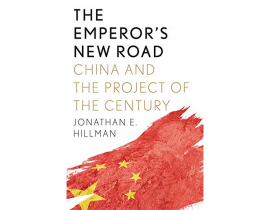
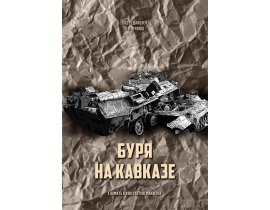
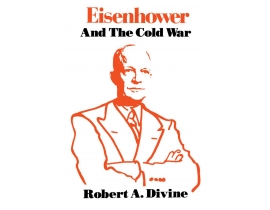
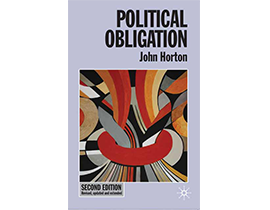
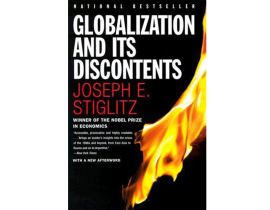
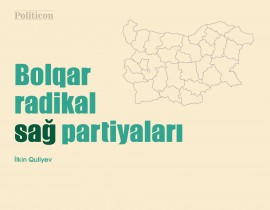
jpg-1599133320.jpg)
